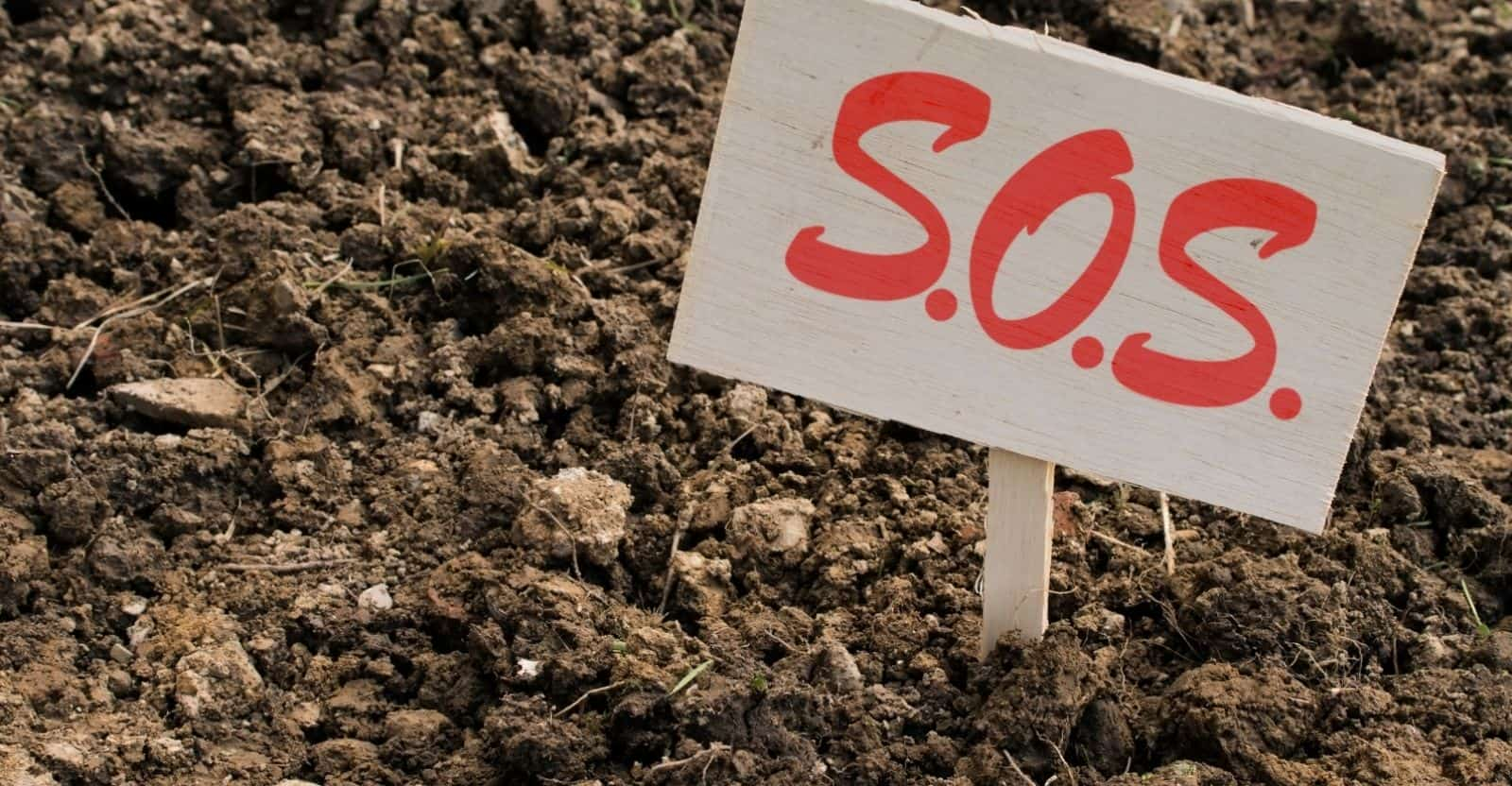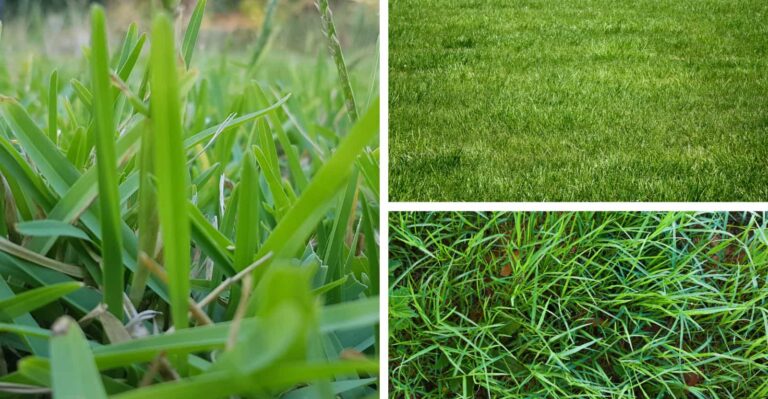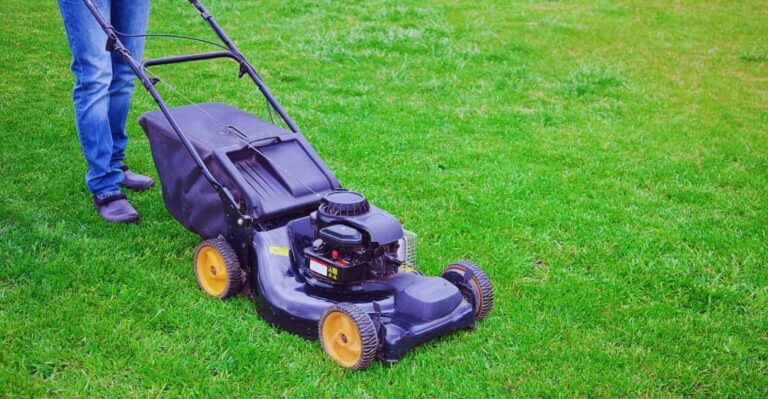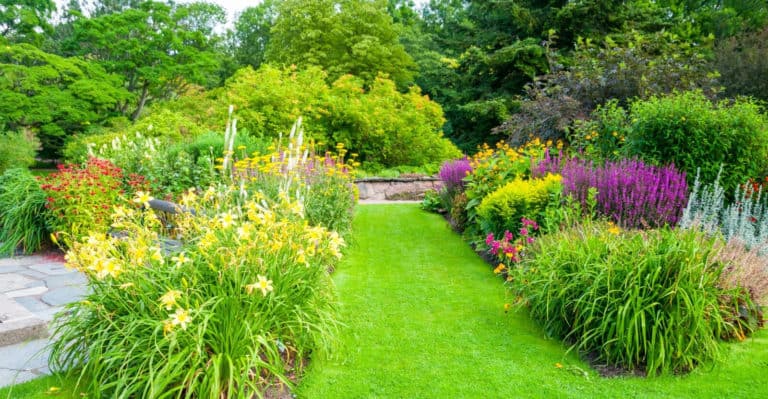Amazon has put together some great Home Gift Deals – save money and get your shopping done at the comfort of your home! Click here to see deals on Amazon
Soil is more than just dirt. It’s the living, breathing heart of your garden. It’s where you grow your beautiful flowers, herbs, and vegetables, and it needs to be treated well.
A healthy garden starts with healthy soil. To give your garden the best chance for success, you need to add a few things to poor soils, such as a soil conditioner and fertilizer. In this post, we have covered it in detail and when to use them.
Let’s get started.
What is a soil conditioner?
Soil conditioner, also called soil amendment, improves the soil’s texture, increases the ground’s moisture retention, and encourages healthy microbial population growth.
Additional materials are mixed into the soil to improve its physical and chemical properties. For example, enhancing the soil’s physical structure by reducing soil compaction, improving water penetration, or modifying soil pH for garden beds.
These changes make the soil more hospitable for plant roots and reduce the need for watering (using oscillating sprinkler) or overfertilization. There are three types of soil conditioners: Organic, synthetic, and natural.
Some garden experts interchangeably call soil conditioners and soil enhancers. But the basic functionality is the same to improve the soil condition and repair damaged soil.
So, why do we need to condition soil?
There can be several reasons to do so. If the soil is inherently poor quality and you want to get started with gardening, you need to amend the soil to grow new plants.
Any existing lawn soil may need conditioning over time. This is because the earth naturally gets compacted and gets devoid of essential nutrients.
With soil conditioning, you loosen the compacted soil and replenish the required nutrients in it to support plant growth. You don’t always have to till the soil for amending. Sometimes you can simply top over the existing ground before planting.
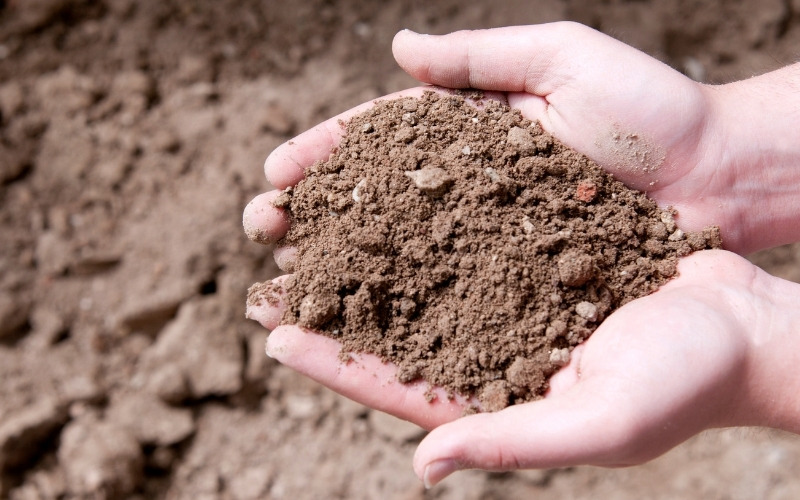
How to do soil conditioning?
There is no doubt that every gardener wants to grow healthy, vibrant plants that will look their best. But, unfortunately, environmentally damaged or compacted soil can make it difficult for plants to thrive.
Fortunately, there are ways to bring the soil back to prime. If you find the ground to be very hard and compacted, you have to add organic matter to increase the nutrients and improve porosity.
Soil conditioners loosen up compact soil and release soil nutrients to help plants thrive. This improves aeration and water-holding capacity. You can use it on soil in lawns, gardens, or vegetable patches.
If you were to take a shovel full of soil and examine it, you’d probably be surprised to find out that good ground is typically comprised of about 50% organic or inorganic material, 25% air space, and 25% water space.
Of course, it’s a bit more complicated than that, but you get the idea. Clay soil, hardpan, and compacted soils lack the space for air and water movement.
Fertilizers are soil amendments that provide nutrients. They contain macronutrients, which are nitrogen, phosphorous, and potassium.
Follow these steps to do soil conditioning.
Step 1: Test your soil: Before you start soil conditioning, do a soil test. It’s the best way to know what nutrients your soil lacks and the kind of conditioner you may need. Before you run your soil through the testing machine, you can try a home soil test. These tests are quick and easy.
Step 2: The second step is to prepare the ground for the amendment. For that, you should remove any dirt, rocks, or debris from the yard and measure how much conditioner you will need. You may also need to till the ground to loosen the soil.
Step 3: After the ground has become ready, the amendments you add to the soil depend on what you intend to grow. This is something you’ll want to plan since amendments take time to break down. It won’t do any good if you add them too soon.
Some of the things that you can do to alter the soil quality are:
- Add organic matter like mulch, compost, or manure
- Add lime to a soil that is too acidic
- Add sulfur to a ground that is too alkaline
- Add gypsum to the land that is too salty
Keep in mind, the best time to apply manure is early spring when plants are beginning to grow. If too much manure is applied at one time, it can burn plants.
You should also water your plants thoroughly before applying manure and water them again afterward to wash the extra nitrogen out.
Step 4: After you have added and mixed the conditioners in the ground, water the ground thoroughly. It helps the soil to settle and let the amendments transition through it.
Note:
If you’re using fresh manure, it tends to be a high concentration of ammonia that should be composted before the application.
What is the difference between soil conditioner vs. fertilizer vs. compost?
Soil conditioner, fertilizer, and compost all improve the quality of the soil where your plant grows. One is better suited for improving the soil’s fertility, while the other is better suited for improving the soil’s texture.
While fertilizer is a broad term that refers to any substance that provides nutrients to a plant, soil conditioner is a more specific term that refers to a substance that makes the soil better suited for growing plants. These can be organic or inorganic.
Composted manure has been used as a soil conditioner for over 2,500 years, and it’s easy to see why. It’s a mixture of dried animal manure and various other organic materials, including grass clippings, vegetable scraps, and garden waste.
You can buy organic soil conditioners (Amazon Link) from the garden center or online stores for soil amendment. These are appropriately aged not to cause nitrogen to burn to the vegetation when added directly to the soil.
Using other materials such as wood chips and sawdust could change soil structure and soil pH if not aged correctly.
Compost tea is an increasingly popular way to give your garden a nutrient boost. It’s a liquid made from composted mulch, fish emulsion, and other nutrients that work as an environmentally friendly alternative to pesticides and synthetic fertilizers.
Here is how it works
- Fill a bucket with water
- Throw in a handful of compost
- Add other ingredients like molasses and seaweed
- Aerate the mixture for porous soil texture and let it sit for a few days to allow the bacteria to go to work
- Strain the mixture and spray it on your plant
In addition, you can add fertilizers to add nutrients, such as Potassium, Phosphorous, Calcium, and Magnesium.
What is the best soil conditioner for lawns?
The best soil conditioner for your lawn will depend on several factors, including how large your yard is and the soil type. There are many options available, and many of them are relatively inexpensive.
Here are some common soil types and the conditioner you can use to make it suitable to grow plants.
Saline Soil
These have a high concentration of salt in the soil. You can identify it with a white layer on the surface. Add gypsum (Amazon link) to the ground to replace salt with calcium.
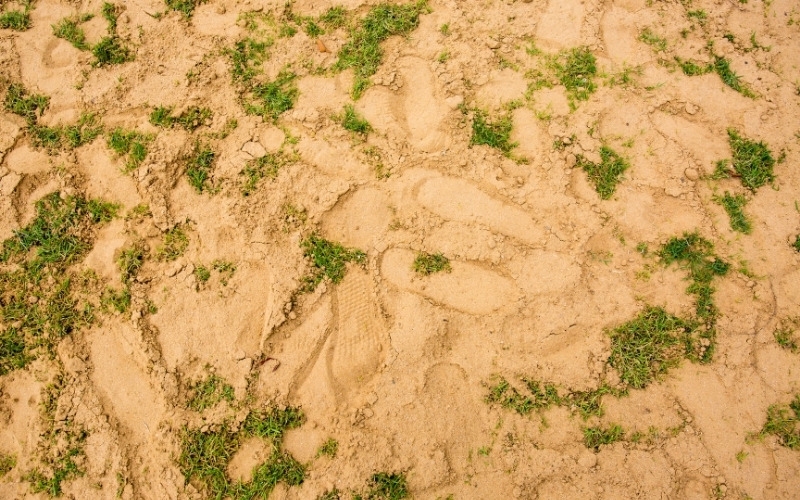
Sandy Soil
Sandy soil causes poor water retention in the ground due to low Cation Exchange Capacity (CEC). CEC is the total number of positive charges that a soil can hold.
Higher CEC means plants can better hold on to nutrients for healthy growth. Adding organic matters such as compost, grass clippings, humic acid, peat moss, and vermiculite help improve the sandy soil quality.
Our pick for sandy soil is Live Earth Product Humate Conditioner. It increases the soil’s carbon and organic matters, improves water and nutrient uptake in plants, and helps them grow a more extensive, more robust root system. In addition, it uses organic materials that are safe for pets and kids.
The other great alternative is to use Harvest Gold Organic Conditioner to fix any nutrient deficiencies and help maximize plant growth.
Peaty Soil
Excess peat moss in the soil causes the soil to get compacted and causes waterlogging. It often results in root rot or fungus generation. Maintain well-balanced conditioning by balancing peat moss in the soil.
Silt Soil
Silt soil falls between sand and clay type of soil with average CEC. When it gets wet, it behaves like clay, and when it becomes dry, it acts like sand. Adding organic materials and composts along with aged pine bark for aeration improves the silt soil condition.
Root Hume is a concentrated liquid humic acid fertilizer (Amazon link). It has been used by farmers and professionals all over the world. Why? Because it’s easy to use, and it works. It can chelate and retain soil nutrients in an exchangeable form.
The Live Earth Products Humate Soil Conditioner and Happy Frog Soil Conditioner are excellent alternatives to soil conditioners for silt soil.
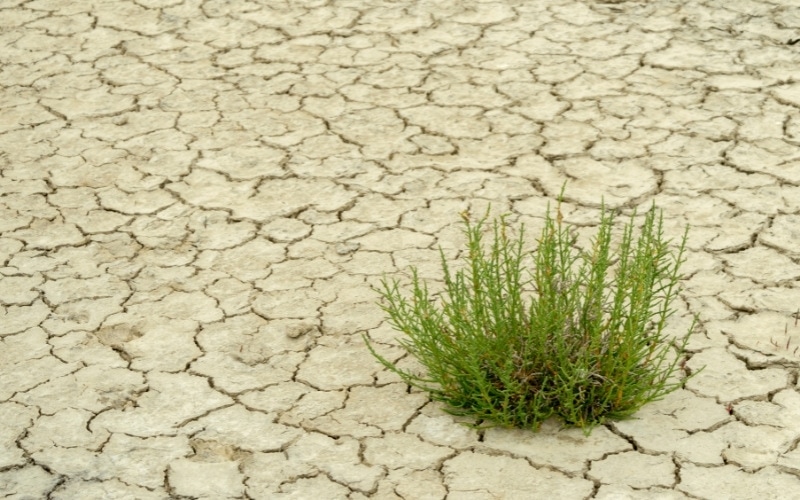
Clay Soil
Clay soil is difficult to work with, but these have the highest CEC among the group. It takes a bit longer than others to amend, but it can be made suitable for growth with little patience and care.
Clay soil usually gets compacted that reducing the airflow. Adding gypsum, peat moss, and compost combined with regular tilling and aeration improves plant growth.
Loosening your compacted soil can be accomplished with the Liquid Soil Loosener, a concentrated liquid and easy to use. It helps relax the compacted soil to allow more water and air to get to the roots.
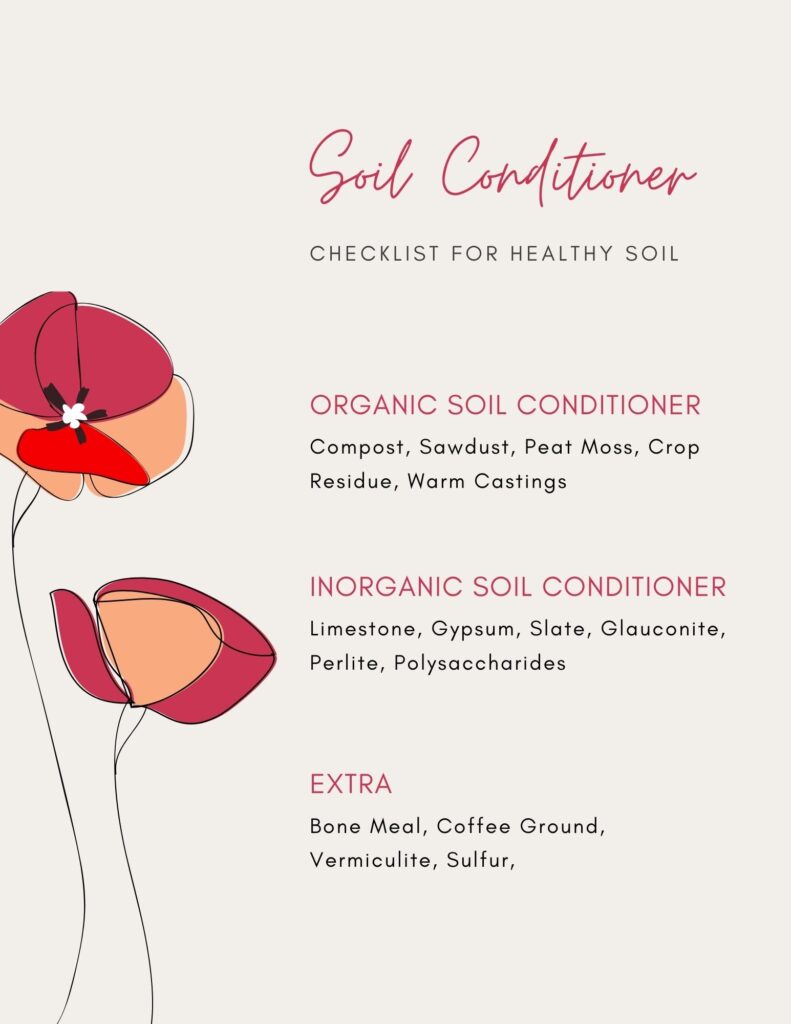
Can you use a soil conditioner as potting soil?
Good potting soil is a vital factor when growing indoor plants since it provides the nutrients and base for the plants that you intend to grow.
Any high-quality potting soil will have a peat, perlite, and vermiculite combination. It helps provide the right amount of nutrients and helps retain water for healthy plant growth.
The conditioners’ primary purpose is to create a fertile ground. It’s not formulated as a substitute for potting soil but has all the ingredients needed for plantations.
So to answer, can you use soil conditioner as potting soil? The short is yes, you can use it as potting soil, but it’s not the best idea.
The long answer is that it depends on the type of conditioner you use, the type of plant you’re potting, and the type of pot you’re using.

Don’t forget to share this post

